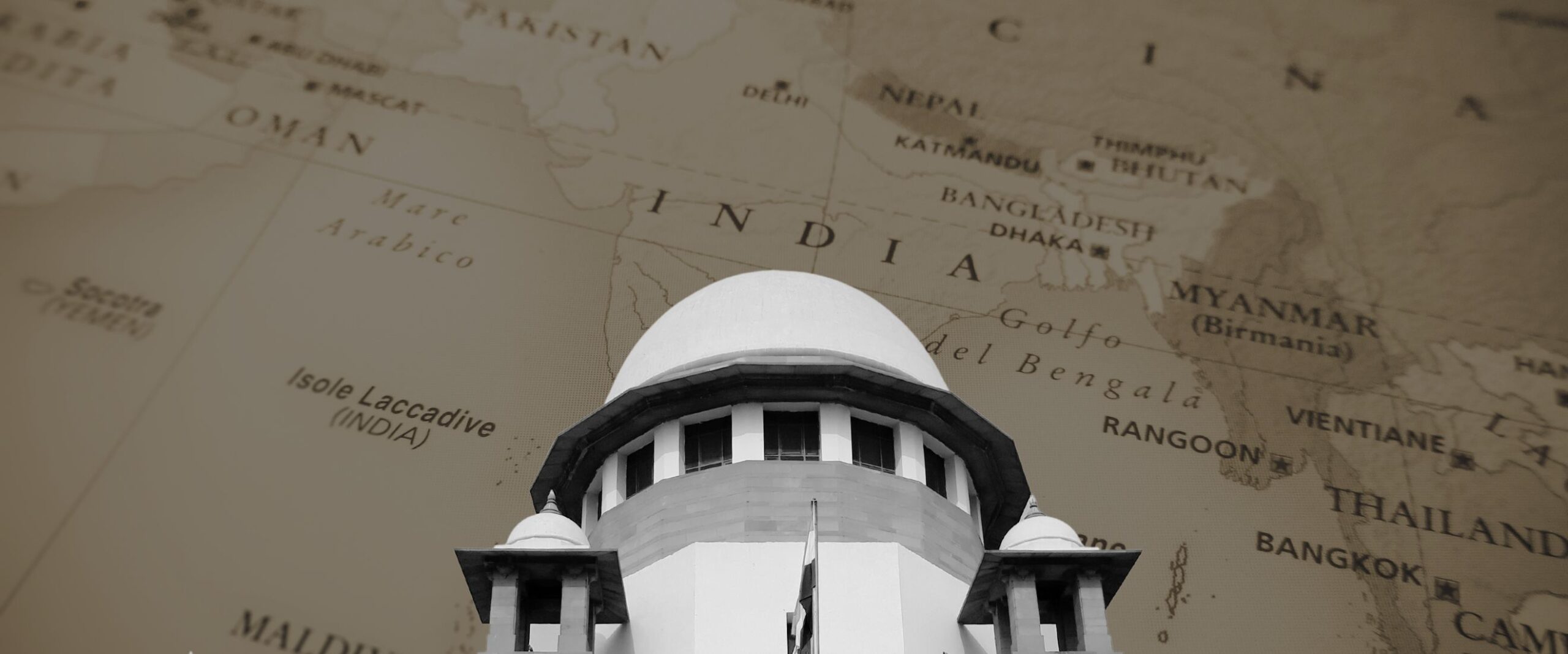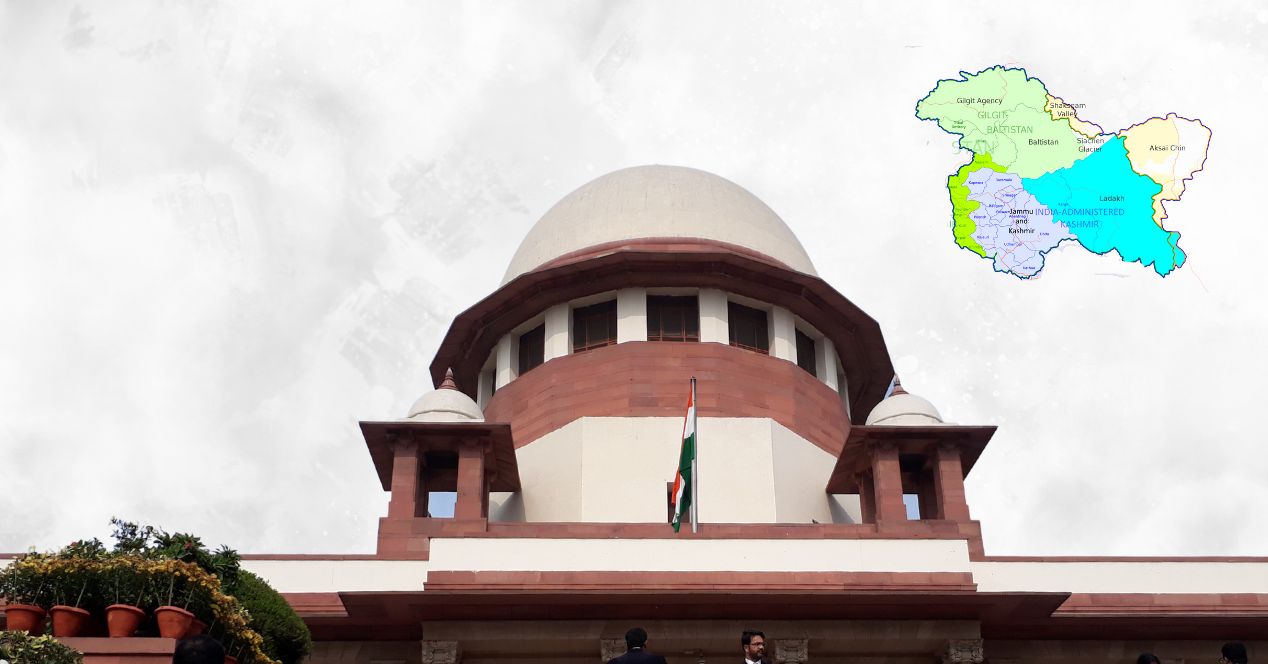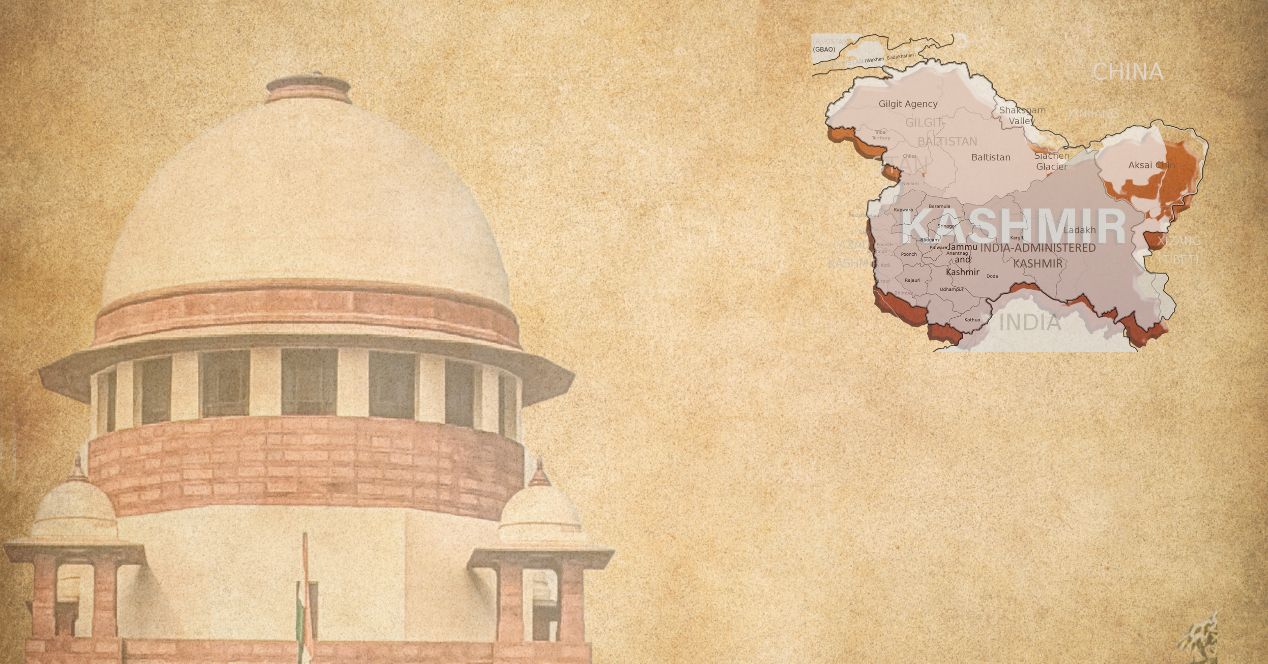Analysis
Supreme Court to Hear Challenges to the Abrogation of Article 370 after 4-year Delay
DESK BRIEF: As the Supreme Court answers large constitutional questions, the will of the people of Jammu and Kashmir hangs in the balance.

On Wednesday next week, all eyes will be on the Supreme Court as it sits to decide the fate of Jammu & Kashmir. Five Judges will assemble to hear the challenges to the abrogation of Article 370 of the Constitution.
The abrogation of Article 370, the Constitutional provision that grants special status to Jammu & Kashmir, had been on the Bharatiya Janata Party’s agenda since 2009. The BJP had promised abrogation of Article 370 in its 2009, 2014 and 2019 election manifestos, convinced that ‘Article 370 poses a psychological barrier for the full integration of the people of Jammu & Kashmir with the national mainstream’.
Article 370, was inserted into the Constitution to accommodate the ‘special conditions’ in Jammu and Kashmir. The Provision had three main ideas at its core. First, India would not make laws in Jammu & Kashmir outside a predetermined scope, without the ‘concurrence’ of its government. Second, except for Article 1, which declared India as a ‘Union of States’, and Article 370, no part of the Constitution would apply to Jammu & Kashmir. If India sought to make any provisions of the Constitution to apply to this State, the President would have to do so through an executive order of the Constitution—this process would insulate the Constitution of Jammu and Kashmir from influences of Parliament. Thirdly, Article 370 itself could not be amended or repealed—unless the Constituent Assembly of Jammu & Kashmir consented to it.
Addressing the parliament in 1952 Nehru said ‘it does not matter what the Constitution says, if the people of Kashmir do not want it’ India would not force itself upon the people of the State. In the Fourth Session of the Jammu & Kashmir Constituent Assembly, its Prime Minister Sheikh Abdullah remarked that ‘the ultimate source of sovereignty resides in the people’. Constitution framers believed that ‘it is up to the people of Kashmir through this [Jammu & Kashmir] Assembly to transfer more powers for mutual advantage to the custody of the Union Centre.’ This framework ensured that no laws were made in the State that did not have the consent of its people, made known through its own Government.
Since then, various Presidential Orders have increased the hold of Parliament over this northern state. However, through four decisive steps by the President, from December 2018 to August 2019, the special status awarded to the most disputed region in India was completely dismantled.
In December 2018, the President’s Rule was imposed under Article 356 on Jammu & Kashmir, which resulted in the replacement of the Governor and State legislature by the President and Parliament. On August 5, 2019, another Presidential Order, among other things, amended Article 367 which concerns the interpretation of the Constitution. Specifically, it replaced the words ‘Constituent Assembly’ in Article 370 with ‘Legislative Assembly’. As Jammu & Kashmir had been brought under President’s Rule, the need for the consent of the ‘legislative assembly’ was satisfied by the Parliament. This vested the power to repeal Article 370 squarely with the BJP-led Government. The next day, with the recommendation of both houses of the Parliament, the President issued another Order—Article 370 was repealed. The fourth and final step to changing the landscape of Jammu & Kashmir was the Reorganisation Act, which stripped the State of its statehood and divided Jammu & Kashmir into two Union Territories.
The Court will hear a host of challenges to the Presidential orders and the reorganisation of the state. While large constitutional questions undergo rigorous debate, the will of the people of Jammu and Kashmir hangs in the balance.
SUBSCRIBE TO SCO DESK BRIEFS AND RECIEVE WEEKLY NEWSLETTERS STRAIGHT TO YOUR INBOX!
Subscribe now!

